



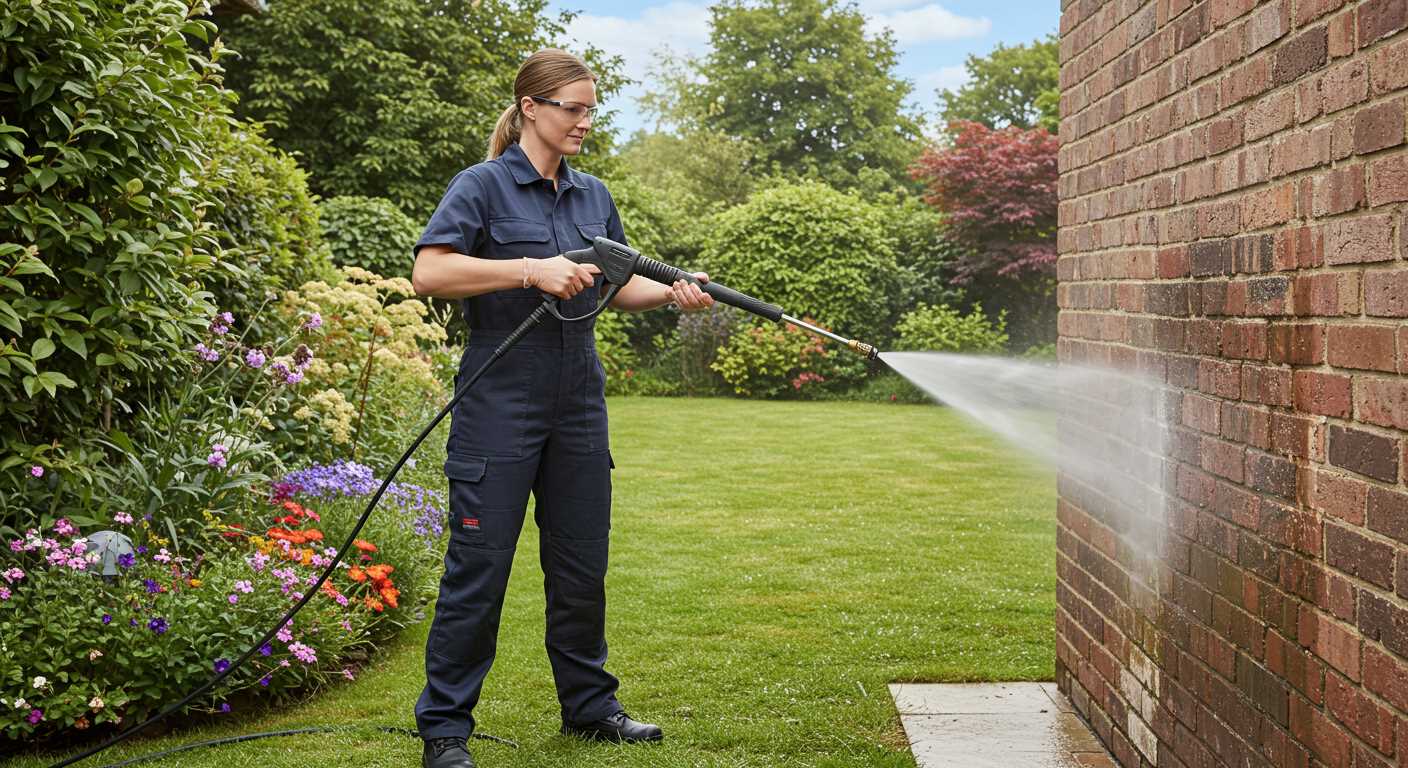
For the best results, combine warm water with a specially formulated cleaning agent designed for tough stains. I’ve had great success using a mix of sodium hypochlorite and a surfactant. This combination not only lifts grime but also disinfects the surface, preventing moss and algae from returning too quickly. Always ensure the mixture is diluted appropriately; a ratio of 1:10 works effectively for most scenarios.
During my years of working with various models, I’ve experimented with different additives. One of my favourites is a high-quality degreaser, particularly when dealing with oil stains. Applying it directly on the affected areas before rinsing can make a significant difference. I recommend letting it sit for about 10-15 minutes to penetrate the grease effectively.
Remember to adjust the nozzle for optimal pressure. A wide-angle nozzle is often the best choice for large areas, allowing the cleaning solution to cover more ground. For stubborn spots, switching to a narrow nozzle can help concentrate the force, breaking down the tough debris.
Always wear protective gear. Safety goggles and gloves are a must, especially when working with chemicals. I’ve learned the hard way that a little caution goes a long way in preventing mishaps.
Finally, test any cleaning mixture on a small, inconspicuous area first. This step ensures compatibility with the surface you’re treating and helps avoid any unwanted damage. Trust me, this precaution has saved me from a few costly mistakes over the years.
Recommendations for Cleaning Surfaces
For optimal results, I suggest using a solution specifically designed for tough stains and grime. A mix of water and a quality degreaser or a concrete cleaner works wonders. These products are formulated to penetrate deeply, breaking down the stubborn dirt that often accumulates on these surfaces. Always follow the manufacturer’s instructions for dilution ratios to avoid damage.
Stain Removal Techniques
If you’re dealing with oil or grease spots, consider a dedicated oil stain remover. Apply it directly to the affected areas and allow it to sit for a few minutes before rinsing. This pre-treatment step can significantly enhance the effectiveness of your washing routine. After applying the cleaner, use your device with a suitable nozzle to ensure a concentrated stream hits the stains effectively.
Safety and Maintenance Tips
Always wear protective gear, including gloves and goggles, when handling cleaning agents. After each use, clean the nozzle and any attachments to prevent clogging and ensure longevity. Regular maintenance of your machine is key to achieving consistent results over time. Store any remaining solution properly to maintain its efficacy for future use.
Choosing the Right Detergent for Concrete Cleaning
For effective results, opt for a detergent specifically designed for masonry surfaces. These formulations penetrate deeply, lifting stubborn grime, oil, and stains.
Types of Detergents to Consider
- Alkaline Cleaners: Ideal for removing grease and oil. They work well on surfaces that have been exposed to vehicle traffic.
- Acidic Cleaners: Best for tackling mineral deposits and rust stains. Use with caution, as they can damage some finishes.
- Biodegradable Options: Environmentally friendly and effective on organic stains like algae and mildew.
Application Tips
- Always read the label to ensure compatibility with your equipment.
- Dilute the detergent according to the manufacturer’s instructions for optimal results.
- Let the detergent sit for a few minutes to break down the dirt before rinsing.
From my experience, using a high-quality detergent can significantly enhance the cleaning process. I recall a time when I tackled a driveway coated in years of grime. Using a specialised alkaline cleaner made all the difference, transforming it from dull to sparkling in no time.
Another important point is to avoid mixing different cleaners, as this can lead to negative reactions that may damage surfaces or equipment. Stick to one product for each job.
Incorporating the right cleaning agents not only improves efficiency but also extends the life of the surfaces being treated. Choose wisely, and you’ll see the results in no time!
Using Bleach Solutions for Stubborn Stains
For tough marks like mould or mildew on surfaces, a bleach solution can be highly effective. I recommend mixing one part bleach with three parts water for an efficient cleaning solution. This ratio allows for potent stain removal without damaging the surface underneath.
Application Tips
Before applying, ensure the area is free from debris. Use a spray bottle or a garden sprayer for an even application. Allow the mixture to sit for about 10-15 minutes, but don’t let it dry out. After this, rinse thoroughly with water to avoid any potential damage from prolonged bleach exposure.
Safety Precautions
When handling bleach, always wear gloves and goggles. Ensure proper ventilation in the area and avoid mixing bleach with other chemicals, as this can produce harmful reactions. If you’re cleaning around plants, consider covering them to prevent any adverse effects.
For additional guidance on timing in cooking, check this link: how long to put the chana in pressure cooker.
Mixing Water with Additives for Optimal Results
For the best outcomes while handling stubborn dirt and grime, it’s imperative to mix your water with the right additives. I recall a particular project where I tackled a driveway covered in years of neglect. The key to my success was the blend of water with a quality detergent designed specifically for masonry surfaces.
Recommended Ratios
When combining additives with water, adhere to the manufacturer’s guidelines for concentration. Typically, a 1:8 ratio of detergent to water works wonders. This means one part cleaner to eight parts water. For particularly tough areas, you can adjust this ratio slightly, but caution is advisable to prevent any potential damage to the surface.
| Additive Type | Recommended Ratio | Application Tips |
|---|---|---|
| Alkaline Detergent | 1:8 | Apply and let sit for 5-10 minutes before rinsing. |
| Acidic Cleaner | 1:10 | Use with caution on softer surfaces; test a small area first. |
| Enzyme Cleaner | 1:5 | Best for organic stains; let it dwell for longer. |
Water Temperature Considerations
Warm water can enhance the effectiveness of your solution. I once used heated water combined with an alkaline detergent, and the results were remarkable. The warmth helps to break down grease and oil more effectively than cold water. However, ensure that your equipment can handle higher temperatures to avoid any malfunctions.
Mixing water with the right additives is straightforward yet essential. Don’t skimp on quality; investing in a good detergent will save time and effort in the long run. Always remember to perform a patch test in inconspicuous areas to ensure compatibility before full application. Trust me, this will save you from potential headaches later on!
Understanding the Role of pH in Cleaning Agents
When selecting a cleaning solution, the pH level significantly impacts its performance. Alkaline agents, often with a pH between 9 and 12, excel at breaking down grease and oil. I recall a job where a client struggled with oily stains on a driveway. Switching to an alkaline cleaner made all the difference, lifting the grime effectively.
Acidic Cleaners and Their Applications
On the other hand, acidic solutions, typically ranging from pH 1 to 6, are effective for mineral deposits, rust, and efflorescence. During one project, I faced stubborn limescale on a patio. An acidic formula removed the build-up effortlessly. Always dilute these cleaners according to the manufacturer’s guidelines to avoid damaging surfaces.
Balancing pH for Optimal Results
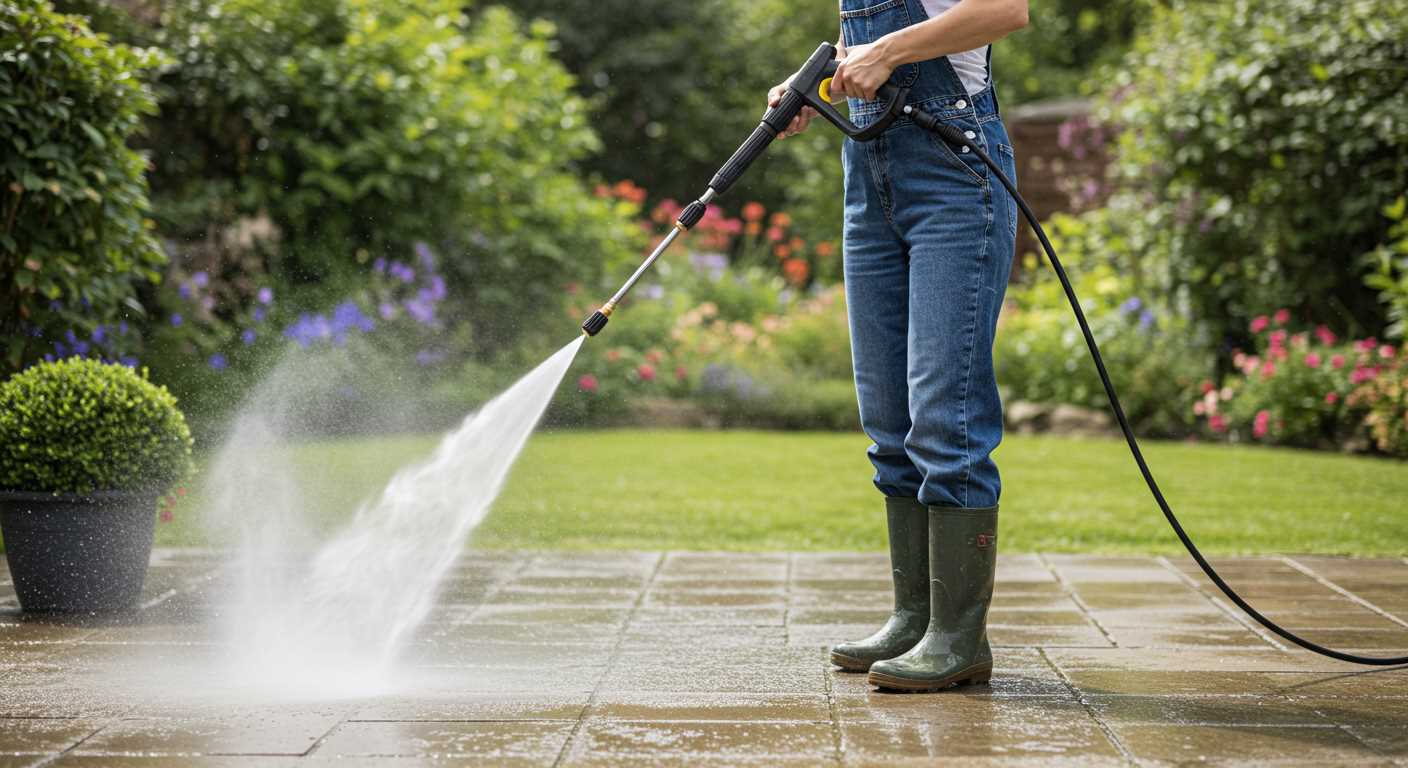
Finding the right balance is key. A neutral pH around 7 is safe for most surfaces, but it may not tackle tougher stains. I’ve learned that testing a small area first can prevent mishaps. Combining knowledge of pH with the right detergents ensures a thorough and safe approach to every job.
Avoiding Harmful Chemicals in Pressure Washers
Choose biodegradable and environmentally friendly solutions over harsh chemicals. During my years in the industry, I’ve witnessed the damaging effects of using toxic substances on both surfaces and the local ecosystem. For instance, caustic cleaners can break down the integrity of certain materials, leading to costly repairs.
Natural Alternatives
Consider using vinegar or baking soda mixed with water. These options effectively tackle many stains without the environmental impact. I’ve had success with this combination on patios and driveways, leaving surfaces spotless without introducing harmful residues.
Proper Disposal Practices
Be mindful of how you dispose of any leftover solutions. Many areas have regulations regarding the disposal of cleaning agents. Always check local guidelines to avoid penalties and protect the environment. Reusing containers or opting for concentrated formulas can also minimise waste.
For optimal results while maintaining safety, explore options like pressure washer cement cleaner that prioritise both efficiency and ecological considerations.

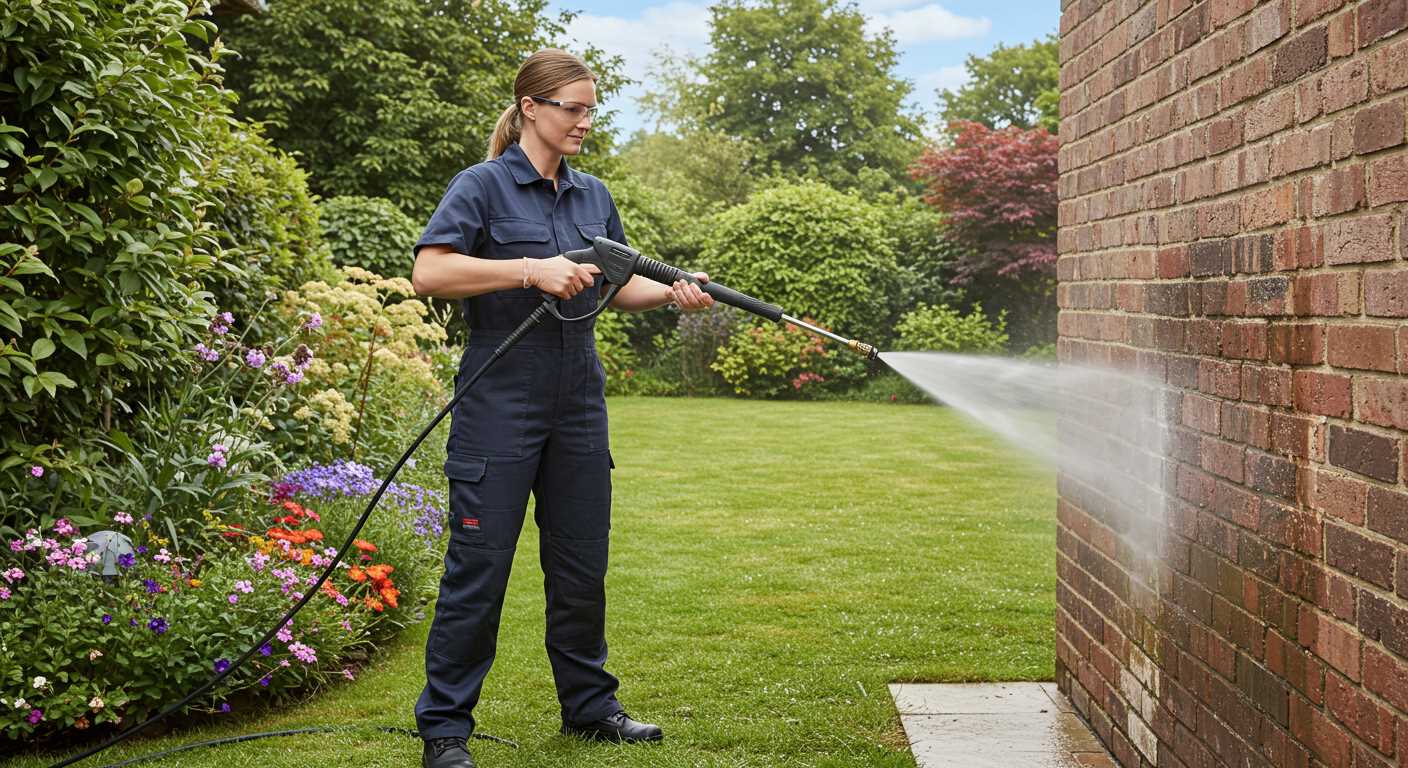


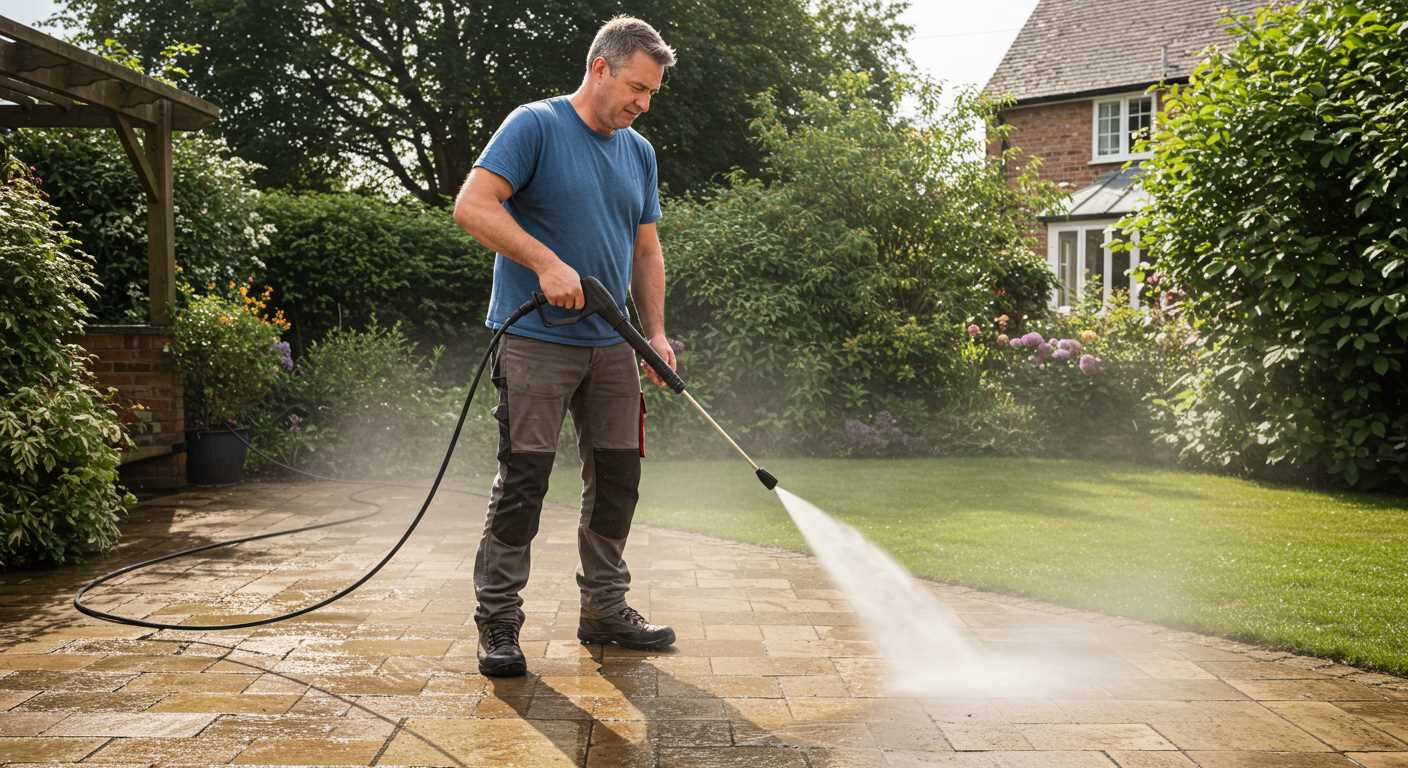
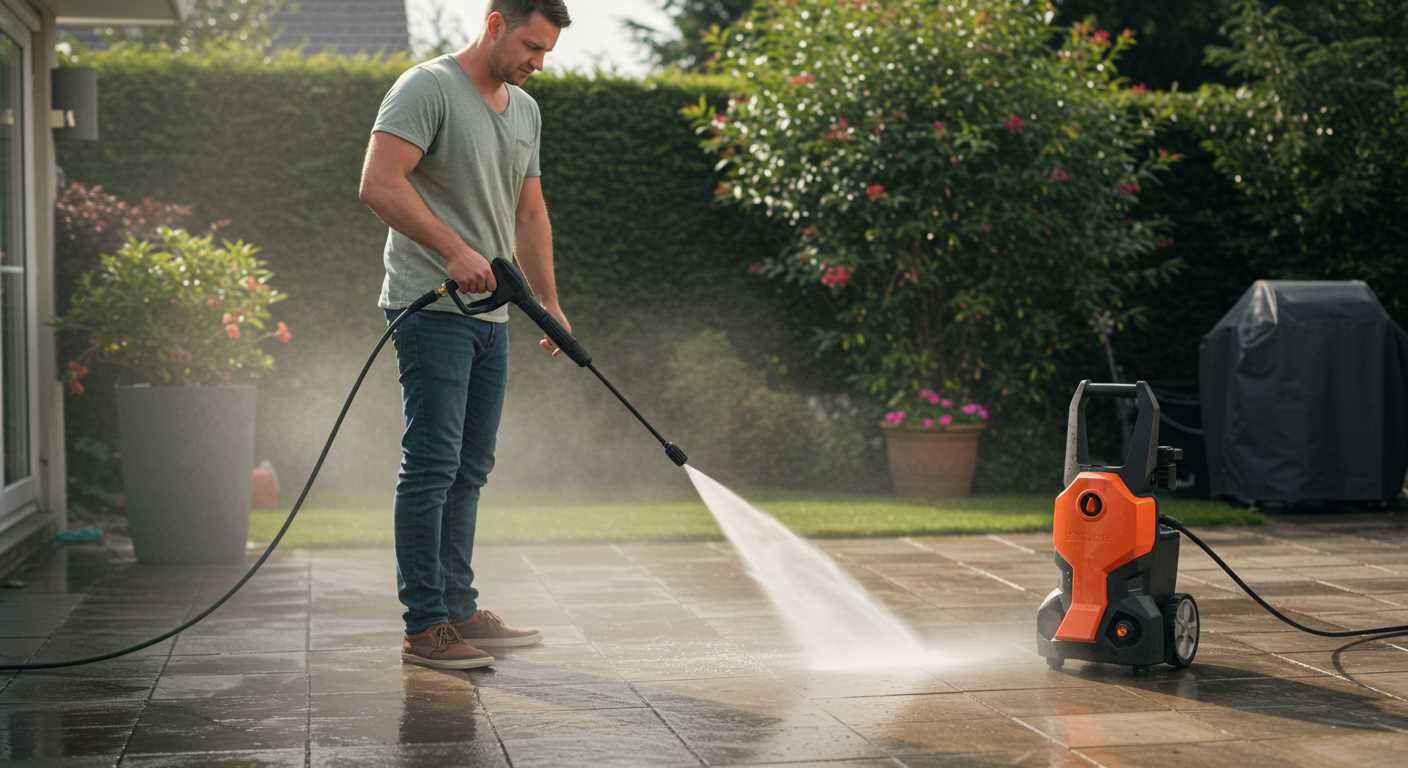
.jpg)


